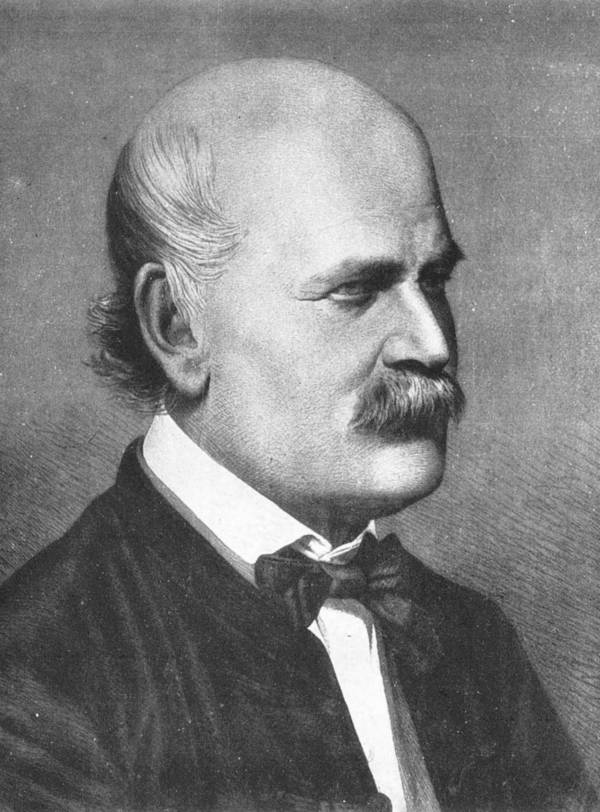7. The Man Who Revolutionized Medicine Only To Be Ridiculed For It
Ignaz Semmelweis was a Hungarian physician and scientist who made a big medical breakthrough, but, unfortunately, he was shunned and ridiculed for his bold ideas.
While working in a Vienna maternity clinic in 1847, Dr. Ignaz Semmelweis saw a disturbing trend: New mothers were dying in droves due to some mysterious ailment known as “childbed fever.”
Eventually, Semmelweis tried to figure out what was really behind these unfortunate deaths, and started by looking for disparities between the hospital’s two maternity wards, and discovered that women treated in the doctors’ ward were dying at a rate nearly five times that of those in the midwives’ clinic.
Semmelweis soon realized that the difference between the doctors and the midwives was that doctors performed autopsies in addition to delivering babies, and often went straight from one procedure to another without even washing their hands.
He thought that the doctors were spreading material from dead bodies to maternity ward patients, and concluded that by stopping the route of transmission, he could likely stop the spread of the fever.
Semmelweis then pioneered disinfection measures, mostly using the chemical chlorine. After implementing the simple policies that maternity wards needed to be kept clean, and that doctors needed to wash their hands, the rate of childbed fever dropped dramatically.
Despite proving that his disinfection measures minimized mortality to below one percent, Semmelweiss’ technique was rejected by most doctors at that time because they actually felt that it was really insulting to require them to wash their hands.
Constant criticism led Semmelweis to have a nervous breakdown that placed him in a mental asylum, where he eventually died in 1865. The irony of his death is that many historians believe he died of sepsis, the same thing that killed all those women on the maternity ward.




























































